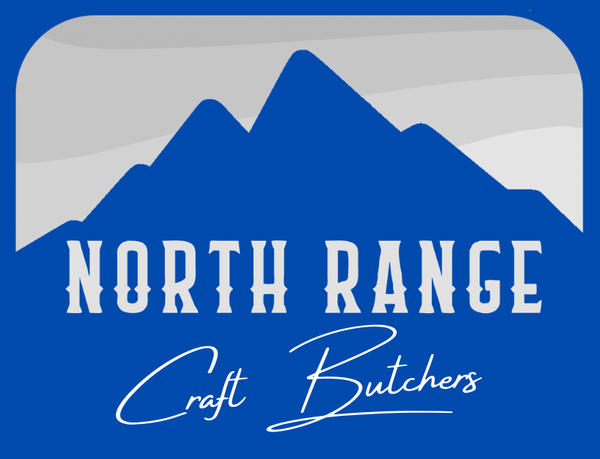
7 buying tips for your best steak
Those lucky enough to travel the world from Canada before Covid-19 times distinctly remember the time in their travels that they thought about a BBQed steak and frites. Like a death-row meal, they dream it up in their minds and try to chase the flavour and pleasure. Likewise, those same people try to rid themselves of the nightmare of a bone-dry, hardened grey strip loin that never stood a chance on a hot grill. The difference is stark, but the solution may not come down to getting a better BBQ?
It turns out that not all steaks are made the same. Your choices at the butcher shop may be the difference.
Marty Carpenter, a red seal chef, Canadian beef industry icon and now President of the Canadian Beef Grading Agency is committed to getting us carnivores up to speed on how to pick a great steak. “The higher the beef grade, the better the flavour and tenderness, he says. Beef is variable, so it needs a standard that provides consistency so you know what you are getting”. For this, the Canadian Food Inspection Agency (CFIA), who sets those standards enlists an independent body, headed up by Carpenter to grade beef as A, AA, AAA or PRIME.
As the grading climbs closer to PRIME so does the scarcity, so price is reflected in that.

Grading takes place after the half-carcass has been chilling for 24 – 36 hours and a cut is made between the 12th and 13th rib exposing the entire rib-eye. Grading can be done by a machine or by the trained eye and is one of the most important steps in determining the quality of the meat.
Although AA grade is what you generally find at retail level, AAA is the best that retailers offer if you look for it. You want a great steak? This is the grade you want.
Remember to shop carefully with those 7-points in mind from this blog.
PRIME grade remains the champion grade and is incredibly hard to find for us mere mortals. It is almost entirely eaten up by the best steak restaurants around the globe, after all, Canadian beef is seriously prized everywhere, not just in your backyard. Seeing PRIME at retail is rare.
“PRIME grades are 2% of Canada’s graded meat supply”
says Carpenter,
”and they are a rare commodity”
PRIME steaks are the very best in colour, shape, fat marbling and flavour. Carpenter also mentions that great cuts are even harder to find in the Spring due to the cattle cycle and demand. “Finding a mixed box of the very best steak cuts is a very unique offering, but finding that in a PRIME grade is unheard of”.
Shop this super unique find at North Range Craft Butchers. For now, only available in Southern Alberta and delivered directly to your door.
Each grade however has their purpose, so there are some important steps to take when visiting with your butcher:
Buying Your Best Beef
-
1
Size
This is the point where you have to decide who your friends really are, really? The size of the group your want to feed and how hungry they might be will certainly play a factor here.
-
2
Meal
You're the captain of this ship! What kind of meal do you want to cook? Stews and slow-cooking recipes may not require the very best grades, whereas steaks should be the very best grade you can afford.
-
3
Cut
Put the knife down for now and let us worry about the cutting. You need to focus on choosing your cut. What kind of cut do you want? Generally, the "middle-meats" are the most tender and most prized for steaks, but there are lots of cuts that are better for other types of cooking. Ask your butcher or read up. It is worth knowing before you invest.
-
4
Fat is Flavour
Fat is not always something you want on yourself, but in beef, it is magic. How much fat cover do you want? If you are roasting beef, then plenty to melt in the oven and give moisture to the roast while cooking. Steaks depend on preference reeally, but some is a good idea - it's where the flavour lives, particularly the fat inside the muscle, the marbling, those little white flecks.
-
5
Age
What is the age of the beef...not the people that are eating the steak? In this case, you are allowed to ask. Science tells us that the longer you age beef, the more robust the flavour. Minimum is 14 days to 21 days. Hreat steaks tend to max out at 30 days, but can go a lot higher in restaurants trying to compete with something different. Wet-aging is what most of our beef at retail and restaurants go through. Dry-aging is what many high-end restaurants go for. More expensive, but even greater earthy flavour and complexity.
-
6
Thickness
OK, I couldn't find an icon that meant thickness so I went with Stupid. Thicker is easier to cook and get the right doneness, but will probably be more expensive because it is heavier.
-
7
Grading
You know the answer is in the blog right?
